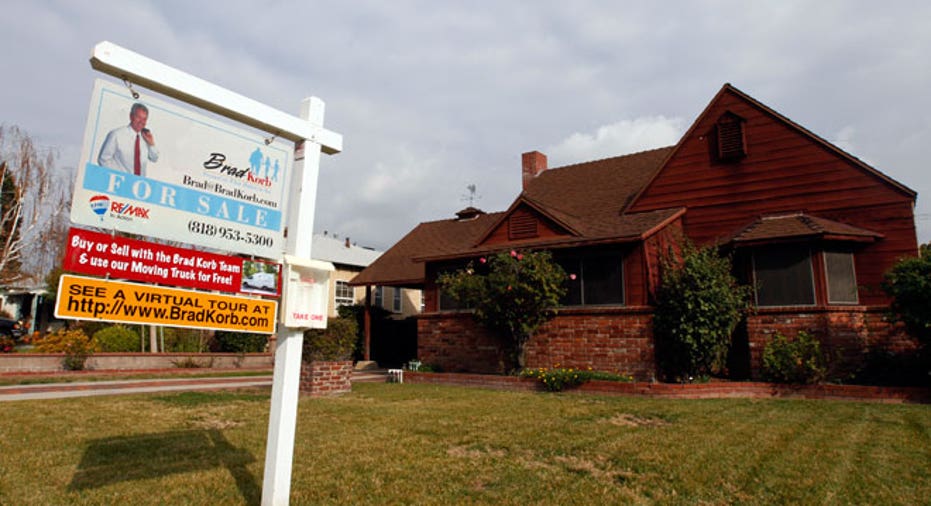Dirty Secrets: What's Under the Front Lawn?

Homebuyers are naturally curious about the house they want to buy. But there's one area -- under the front lawn -- that rarely draws attention until after the deal closes. Then, whatever's buried beneath that innocent-seeming expanse of grass can become a major headache to the new homeowner.
What's under the lawn varies from house to house, but following are the typical components.
Sewer Line
A sewer line carries plumbing waste away from the house.
Most "lines" are actually pipes made of clay tile or hard plastic, according to Loren Schirber, owner of Castle Building & Remodeling, a design and build contractor in Minneapolis. Plastics generally are more durable and less susceptible to invasive tree roots, the chief cause of trouble that plagues older clay pipes. Roots creep into cracks, suck up water and grow inside the pipe until it breaks.
Repair or replacement of a sewer line can be costly, especially if the damaged portion extends under the road. Municipal codes vary, but in some localities, homeowners are responsible for the line from the house to the main.
"The sewer line is the worst thing out there or has the most potential for trouble," Schirber says. "When it does fail, they bring in a big backhoe and dig a trench from your house to the middle of the street and install a new sewer pipe, which can be very expensive."
If trouble is suspected, a tiny camera can be sent through the pipe to locate and investigate the problem. That's a useful tip for buyers who want to check out a sewer line before they buy a house.
Gas Line
A gas line transports natural gas into the house.
A leak in this pipe can be dangerous, as natural gas is a fire hazard and can even cause an explosion. "If you're digging, and you hit that with a shovel, it will be bad news," Schirber warns.
Responsibility for repairs depends on local ordinances and the location of the problem. In some places, the utility company owns the line up to the meter and the homeowner owns the line from the meter to the house, Schirber says. If a leak is detected, the gas should be shut off until the line is repaired or replaced.
Water Line
A water line is a pipe that brings water into the house.
In some older neighborhoods, water lines run across neighbors' yards, rather than directly to the main supply, according to David Ellis, owner of Ellis Construction Inc., a homebuilding and renovation company in Boulder, Colo. That can prove tricky if a shutdown, repair or upgrade is necessary.
"If you have to access your water line, you'll have to get permission to dig through your neighbor's yard," Ellis says.
It's handy to have a shut-off valve, so the water system can be taken out of service if there's a plumbing leak inside the house, Schirber adds.
Power Line
Power lines transmit electricity.
These lines can be buried to keep them away from trees and branches and make a home or neighborhood more aesthetically pleasing. Some buried lines connect the house to the main service. Others simply run out to a decorative lamp on the lawn, Schirber says.
Underground electric lines experience fewer outages due to high winds or lightning and reduce the need to trim trees, according to "Considering Underground Electrical Service?" a guide published by Tampa Electric in Florida. But underground service is more costly to install and repair and is susceptible to uprooted trees, tree roots, flying debris from severe weather, flooding and tidal surges, the guide says.
Sprinkler System
A sprinkler system is a network of shallow water pipes and nozzles for watering the lawn.
Sprinklers are a desirable amenity in hot climates, but they're less appealing in places where long, cold winters add extra maintenance chores.
"You have to use an air compressor to blow all the water out of the lines so you don't end up with them freezing," Schirber explains.
Soil
The point may seem obvious, but there's also a lot of soil beneath any lawn. And the composition of that soil can be a concern during construction, according to Ellis. For example, expansive soils, which swell when wet, can wreak havoc on foundations.
"If your soils are expansive or can't support a certain amount of weight, you can get hit with some significant cost increases," he says.
He recalls one project in which a $500 footing pad, which would have rested on top of the soil, turned into $5,000 for drilled piers, which connected a small addition down into the bedrock.
To avoid surprises and disasters, a soils engineer should be called out to investigate before building begins.
Copyright 2013, Bankrate Inc.